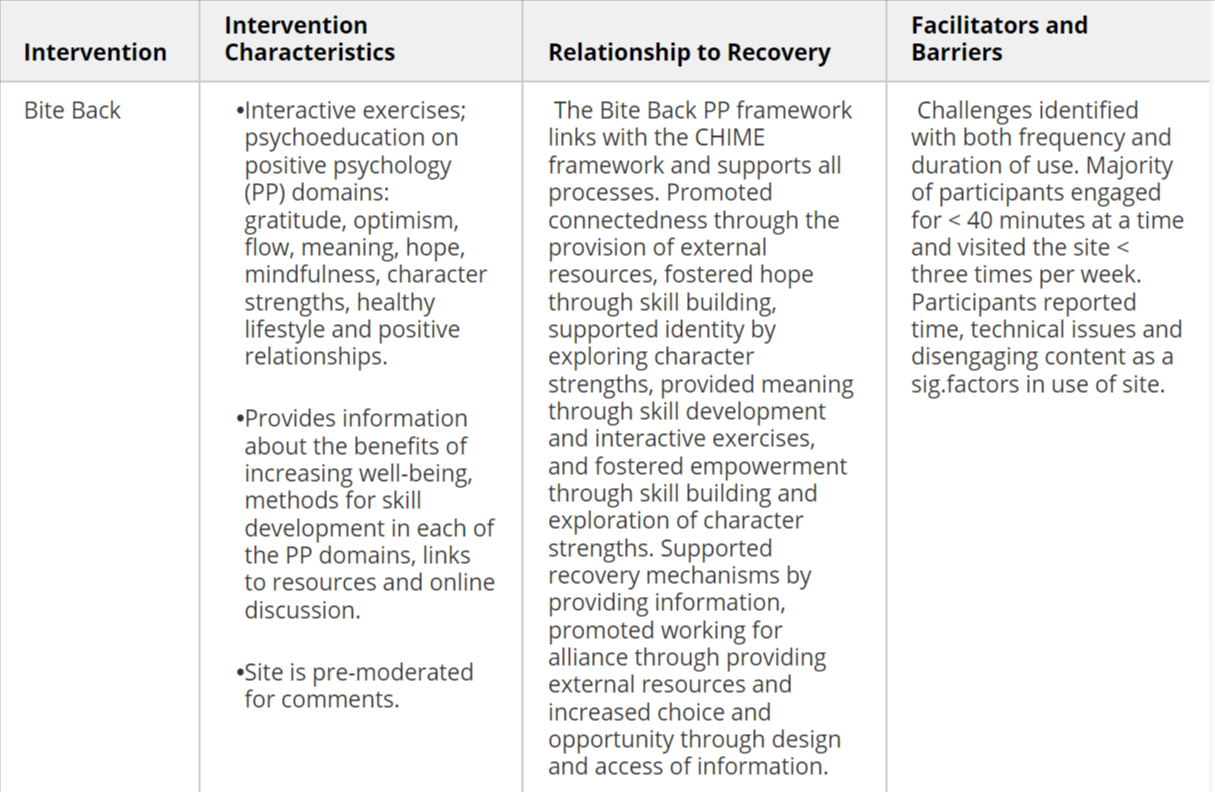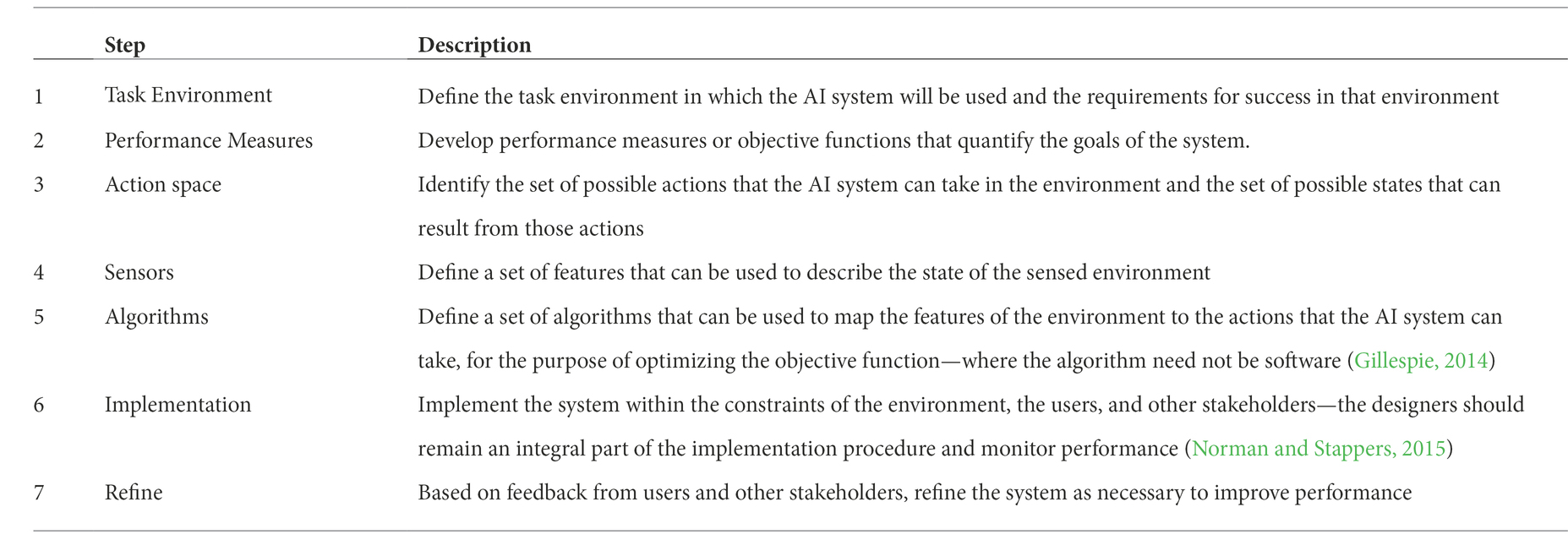
Prioritizing the Mental Health and Well-Being of Healthcare Workers: An Urgent Global Public Health Priority

Global, regional, and national burden of 12 mental disorders in 204 countries and territories, 1990–2019: a systematic analysis for the Global Burden of Disease Study 2019
GBD 2019 Mental Disorders Collaborators. (2022). Global, regional, and national burden of 12 mental disorders in 204 countries and territories, 1990–2019: a systematic analysis for the Global Burden of Disease Study 2019. The Lancet Psychiatry, 9(2), 137-150.

Child and adolescent mental well-being intervention programme: A systematic review of randomised controlled trials

Perceived stress, anxiety and depression : Living along the border in Jammu and Kashmir
Pandey S, Saxena S, Joshi PC, Mahajan C. Perceived stress, anxiety and depression : Living along the border in Jammu and Kashmir. International Journal of Social Psychiatry. 2023;69(6):1532-1540. doi:10.1177/00207640231168032

Attention-deficit hyperactivity disorder is associated with disordered eating in adolescents
Namimi-Halevi, C., Dor, C., Stark, A. H., Dichtiar, R., Bromberg, M., & Sinai, T. (2024). Attention-deficit hyperactivity disorder is associated with disordered eating in adolescents. Pediatric research, 96(4), 1068–1075. https://doi.org/10.1038/s41390-023-02925-3

Street and working children: a call for rights-based approach to their health and well-being
Rajeev Seth, Pia MacRae, Jeffrey Goldhagen, Shanti Raman - Street and working children: a call for rights-based approach to their health and well-being: BMJ Paediatrics Open 2024;8:e002486.

Global research trends on psychological well‑being of children in foster care homes from 2003 to 2023: a bibliometric analysis using Scopus database
Priyadarshini D, S., & Jose, T. P. (2024). Global research trends on psychological well‑being of children in foster care homes from 2003 to 2023: a bibliometric analysis using Scopus database. Frontiers in psychology, 15, 1397624. https://doi.org/10.3389/fpsyg.2024.1397624

Autism Severity, Adverse Childhood Experiences, and Oral Health: A Comparative Study of Adolescents in the United States
Helton, J.J., Koetting, C., Kronk, R. et al. Autism Severity, Adverse Childhood Experiences, and Oral Health: A Comparative Study of Adolescents in the United States. J Autism Dev Disord (2024). https://doi.org/10.1007/s10803-024-06488-y

Relationships between social determinants of health and healthy body composition among Aboriginal and Torres Strait Islander youth in the Next Generation: Youth Well-being study
McKay, C. D., Gubhaju, L., Gibberd, A. J., McNamara, B. J., Macniven, R., Joshy, G., Yashadhana, A., Fields, T., Williams, R., Roseby, R., Azzopardi, P., Banks, E., & Eades, S. J. (2025). Relationships between social determinants of health and healthy body composition among Aboriginal and Torres Strait Islander youth in the Next Generation: Youth Well-being study. Health promotion journal of Australia : official journal of Australian Association of Health Promotion Professionals, 36(2), e927. https://doi.org/10.1002/hpja.927

Combating the mental health challenge of loneliness among urban youth: could finding meaning in life and experiencing thriving enhance their well-being?
Chhajer, R., Chaudhry, S. & Mishra, A. Combating the mental health challenge of loneliness among urban youth: could finding meaning in life and experiencing thriving enhance their well-being?. BMC Public Health 24, 3586 (2024). https://doi.org/10.1186/s12889-024-21185-2

Exploring the correlations between social support, resilience, well-being, and mental health variables among youth in border areas of Jammu and Kashmir
Pandey S, Rao PA, Joshi PC, Mahajan C. Exploring the correlations between social support, resilience, well-being, and mental health variables among youth in border areas of Jammu and Kashmir. International Journal of Social Psychiatry. 2025;0(0). doi:10.1177/00207640241310190

Anxiety Symptoms Predict Subsequent Depressive Symptoms in Neurodivergent Youth: A 10-Year Longitudinal Study
Orm, S., Wood, J. J., Fossum, I. N., Adams, K., Andersen, P. N., Fjermestad, K., Øie, M. G., & Skogli, E. W. (2025). Anxiety Symptoms Predict Subsequent Depressive Symptoms in Neurodivergent Youth: A 10-Year Longitudinal Study. Research on child and adolescent psychopathology, 10.1007/s10802-025-01292-3. Advance online publication. https://doi.org/10.1007/s10802-025-01292-3

A qualitative pilot study exploring the acceptability of a peer provider delivered substance use brief intervention from the perspective of youth in Kenya
Jaguga, F., Aalsma, M. C., Enane, L. A., Turissini, M., Kwobah, E. K., Apondi, E., Barasa, J., Kosgei, G., Olando, Y., & Ott, M. A. (2025). A qualitative pilot study exploring the acceptability of a peer provider delivered substance use brief intervention from the perspective of youth in Kenya. Substance abuse treatment, prevention, and policy, 20(1), 6. https://doi.org/10.1186/s13011-025-00639-9


